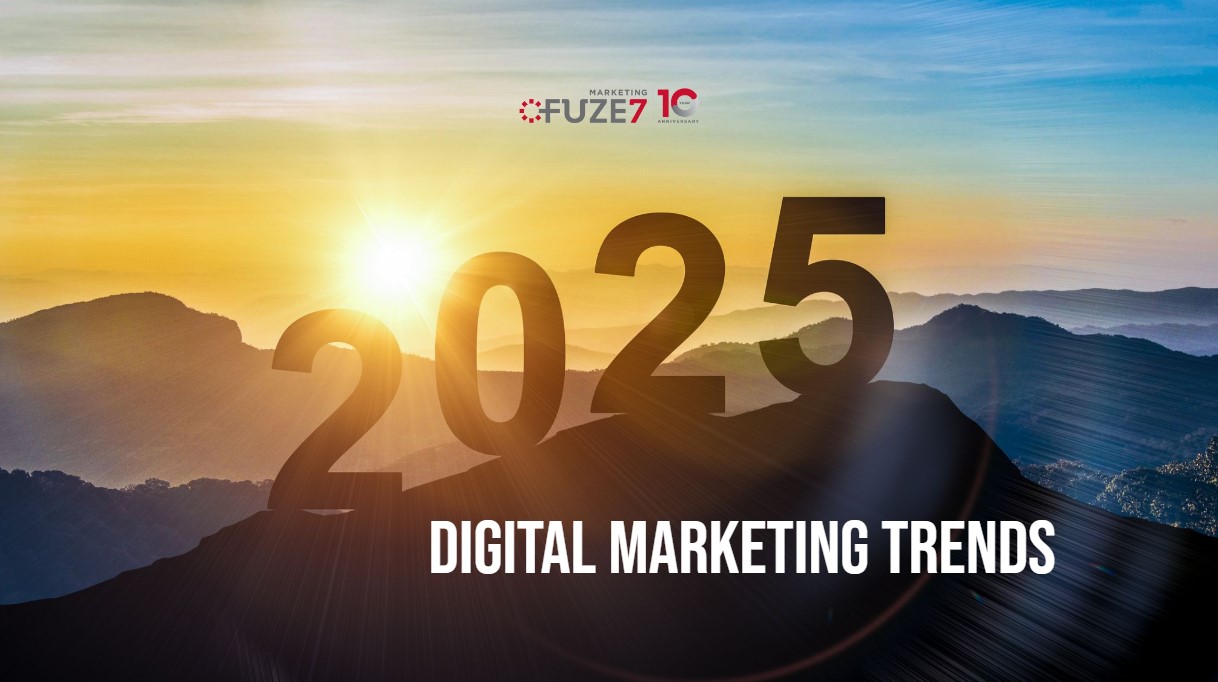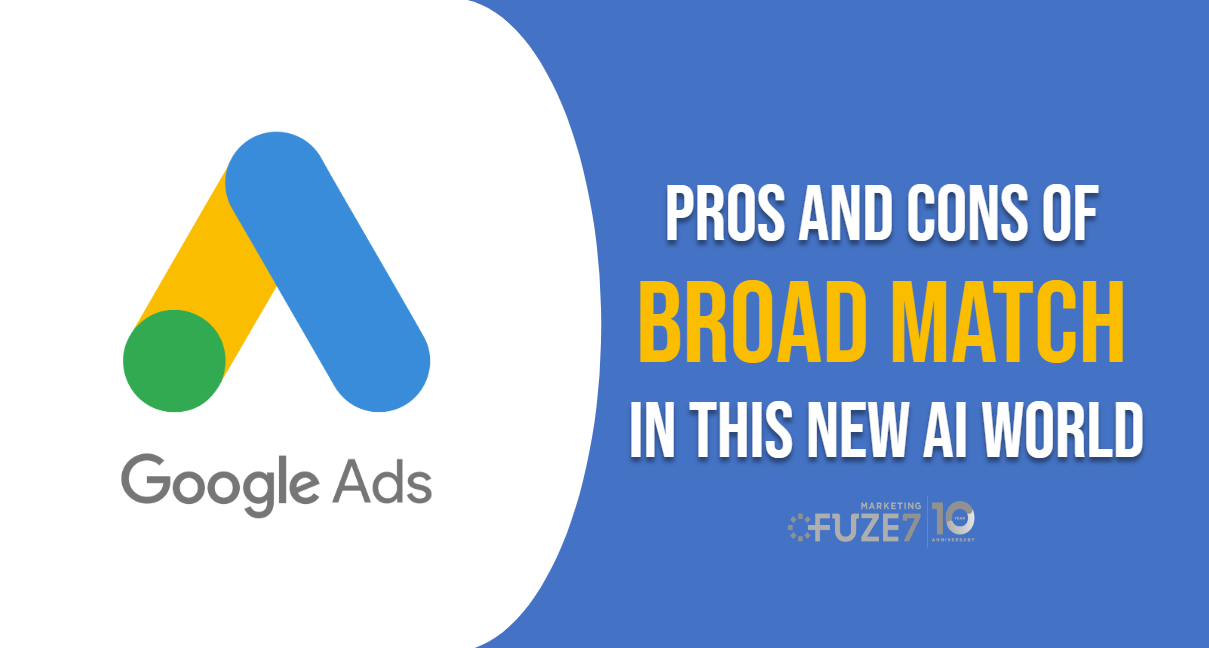There are many reasons why digital marketers are often called “marketing gurus,” and one of the primary reasons is how we use metrics and analytical data to inform our decisions in regards to target audiences, budget projections, and the marketing channels we use to accomplish goals such as sales and lead generation. Within these metrics are sets of data that relate to one another to paint a complete picture of our progress in the digital space, called Key Performance Indicators, or KPIs.
So why is this little acronym so vital to your company’s success in digital marketing? Keep reading to run through a crash course on KPIs including a key performance indicators definition, KPI examples, and how key performance indicators are part of the core language your digital marketing team uses to communicate your trials and your triumphs.
What is a Key Performance Indicator?
As defined by KPI.org (yes, they’re so important there’s an entire website dedicated to them), “Key Performance Indicators (KPIs) are the critical (key) quantifiable indicators of progress toward an intended result. KPIs provide a focus for strategic and operational improvement, create an analytical basis for decision making and help focus attention on what matters most.”
Breaking down that statement into smaller terms, Key Performance Indicators are the names of metrics we track, such as reach, engagement, conversions, and leads. KPIs measure a company’s success versus a set of targets, objectives, or industry peers. KPIs live in each phase of your marketing funnel, from generating interest and brand awareness down to form submission, add to cart, and more. These KPIs are reported weekly or monthly, and compared to a previous period to track progress under your objectives.
Your marketing team reads KPIs like braille in a way, where certain, often subtle, changes in the performance of your advertising and organic efforts tell the marketing team where opportunities for growth might be hiding, where A/B testing experiments are pointing to a clear creative direction, and more.
Why are Key Performance Indicators So Important?
Key Performance Indicators are vital to understanding a business’ bottom line, and the value of advertising dollars. Simply put, KPIs serve as excellent peacemakers in an advertising effort that would otherwise be chaos or without direction. When you think of advertising as an investment, you expect a return on investment, which generates KPIs like ROAS (Return on Ad Spend) and ROI (Return on Investment, including labor and materials).
However, some digital marketing efforts aren’t as closely related to your bottom line as ROAS and ROI. For example, if you have a brand new company attempting to get the word out about a product or service, you will be attempting to establish your niche and your brand reputation. This way, you’ll attempt to generate brand awareness and market saturation. Your company’s KPIs in this scenario will be considerably different from a global company focused on direct sales and customer retention. Your goals will therefore likely include awareness KPIs like social post reach, engagement, and content sharing.
During your check-ins with Fuze7, we will walk you through our reporting dashboards and discuss your core KPIs with you to show our progress while also identifying areas that need improvement. The following “levers” that we pull, such as a change in Google Ads bid strategy and changes to Facebook and Instagram targeting, will attempt to correct troublesome conversion or awareness metrics or optimize campaigns and channels that are performing well. If you hear the term “KPI benchmark,” this is your marketing team tracking expectations compared to results. Achieving your KPI benchmarks by objective is how we measure success. In addition to our proprietary reports, we leverage the full Google suite such as GA4 and Google Search Console to identify and measure KPIs month-over-month.
Speaking of Google, with all of the changes already implemented on their Ads platform in 2022 and with more on the horizon in 2023, understanding KPIs and the language your marketing team speaks is as vital as ever for your business leadership.

What are the Top 5 Key Performance Indicators by Channel?
Key Performance Indicators are tied more to your objective than the channel you are leveraging to accomplish that objective. However, in a very high-level sense, we can attribute different marketing channels into objectives that generate various sets of KPIs. For example:
- Social Media remains an excellent place for new businesses to increase their brand reach by gaining engagement and shares on their social posts. If these KPIs are increasing month-over-month, it means your brand’s sphere of influence and total audience growth is increasing. In paid social efforts, the impressions you are able to drive, that is, the total number of times your ad was delivered regardless of user, can be divided by total reach, the number of unique users reached, to produce a frequency of your ad’s delivery by user. This frequency provides invaluable data to your business and your marketing team. An average frequency of 4-6 ad deliveries prior to purchase shows just how much saturation you need to achieve with your target audience before a conversion takes place, which in turn tells you what a realistic budget for social ads will look like in order to produce sales or leads. In summary, 1) Reach 2) Engagement 3) Shares 4) Conversions, and 5) Frequency are the KPIs we most often track on social media for organic and paid efforts.
- Google Ads can be leveraged for brand awareness, but the Google Ads platform is generally considered for inbound marketing and producing conversions. This is in contrast to social media because on social media platforms such as Facebook, Instagram, and TikTok, advertisers are “cold-calling” their audience by choosing interests and demographics provided by the platform in a way that categorizes or sorts users. In Google Ads, these are users that are actively looking for goods or services that closely match your company’s offerings, and are therefore more likely to complete a purchasing or sign-up action. Because of this, KPIs on Google Ads include intention metrics like 1) Conversions, 2) Clicks, 3) Interaction Rate, 4) Click-Thru Rate (CTR), and 5) Impressions.
- Email Marketing will have parallels to social media marketing, where the goal of your emails is a hybrid of adding communication touchpoints to a dedicated audience and driving sales from offers and promotions. Some KPIs classically assigned to email marketing include, but are not limited to 1) Open rates, 2) Clicks in the email 3) To confirmed deliveries, 4) Bounce rate and 5) Unsubscribe.
How Key Performance Indicators Vary by Business Type and Objective
From Investopedia: “KPIs can be financial, including net profit (or the bottom line, gross profit margin), revenues minus certain expenses, or the current ratio (liquidity and cash availability). Customer-focused KPIs generally center on per-customer efficiency, customer satisfaction, and customer retention. Process-focused KPIs aim to measure and monitor operational performance across the organization.”
Think of KPIs simply as the names of statistics that will be used specifically to track your goals. A non-profit will likely have donation and outreach KPI goals, while a roofing company will be looking to increase its clientele base by lead form completions and reach, and a retail chain will be looking for retention marketing KPIs.
Contact Fuze7
No matter what your goals are for 2023 and beyond in digital marketing, Fuze7 can create custom growth, sales, and leads plans for your business! If you need a comprehensive strategy for leveraging digital marketing trends in 2023? Drop an email to info@fuze7.com or give us a call at (503) 830-0355.








